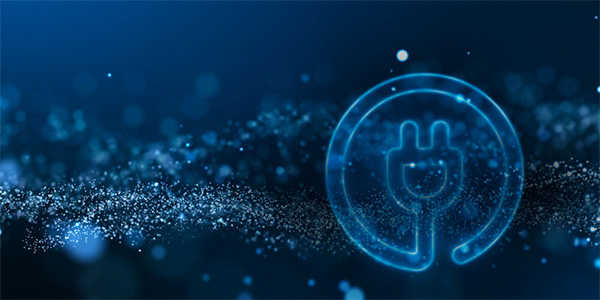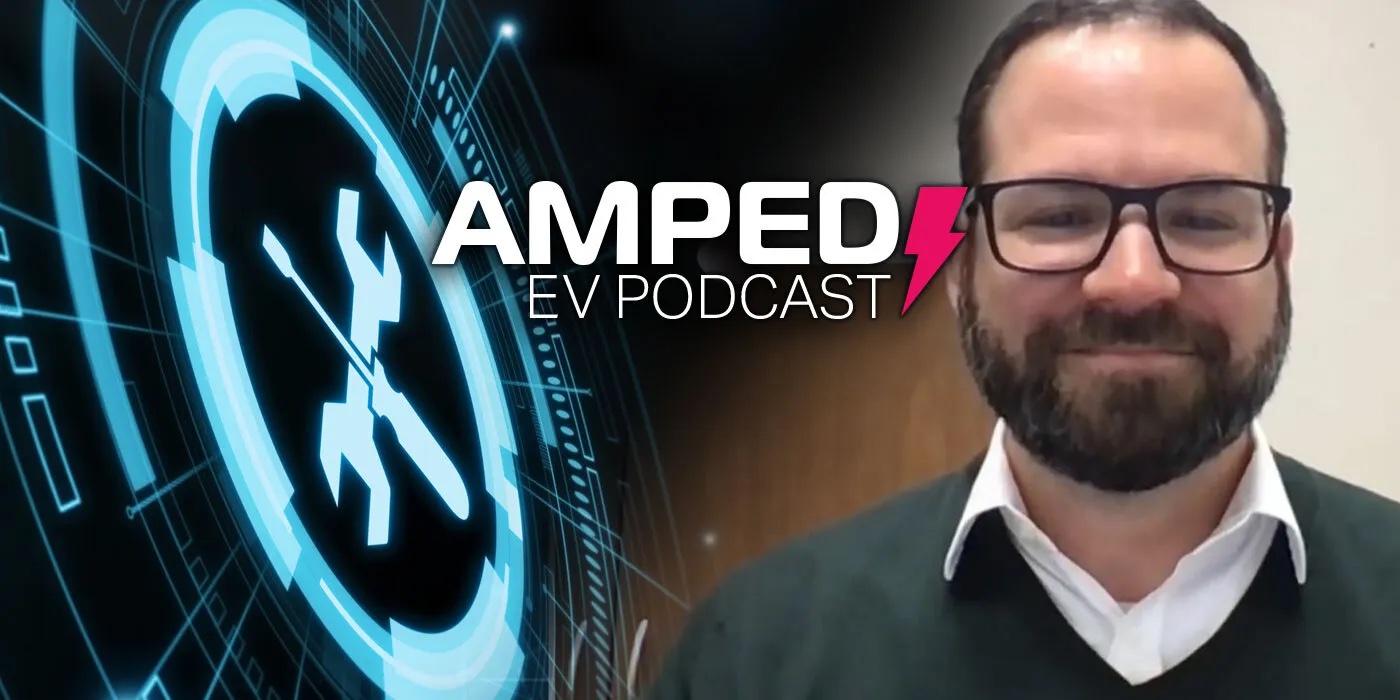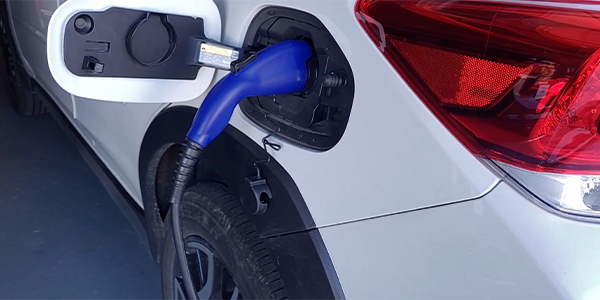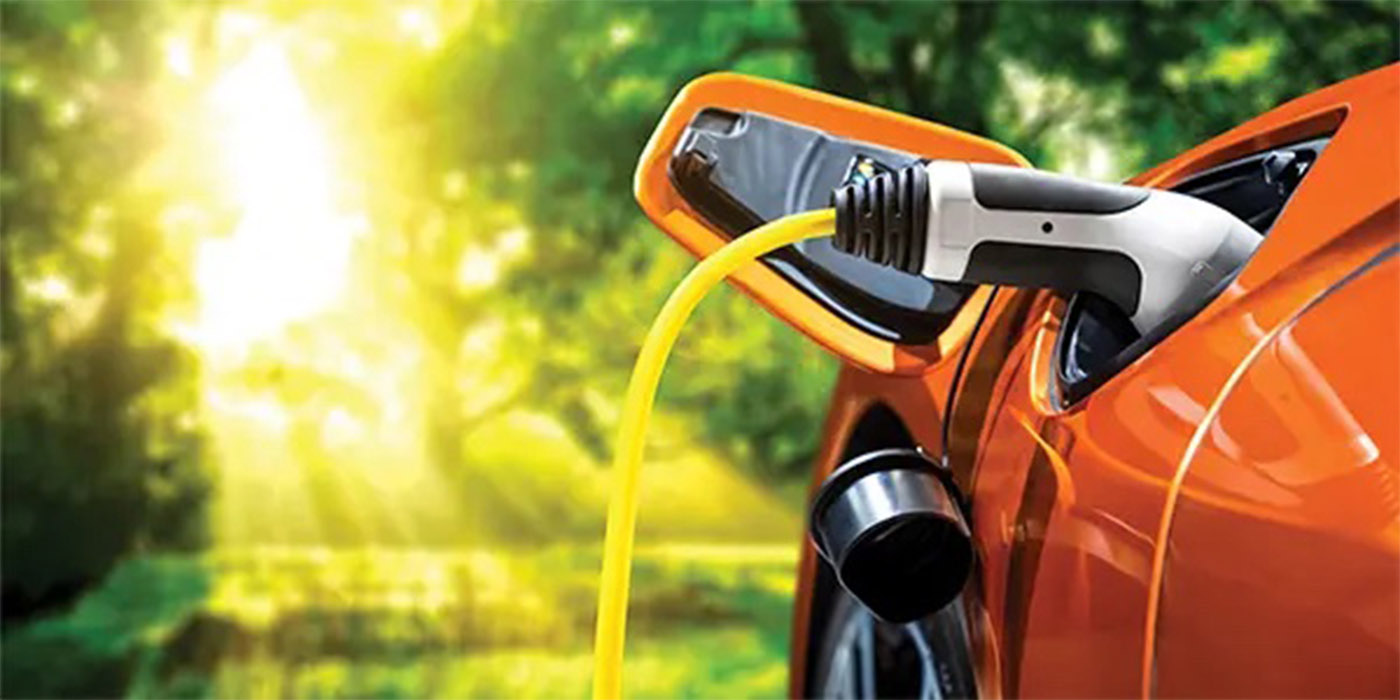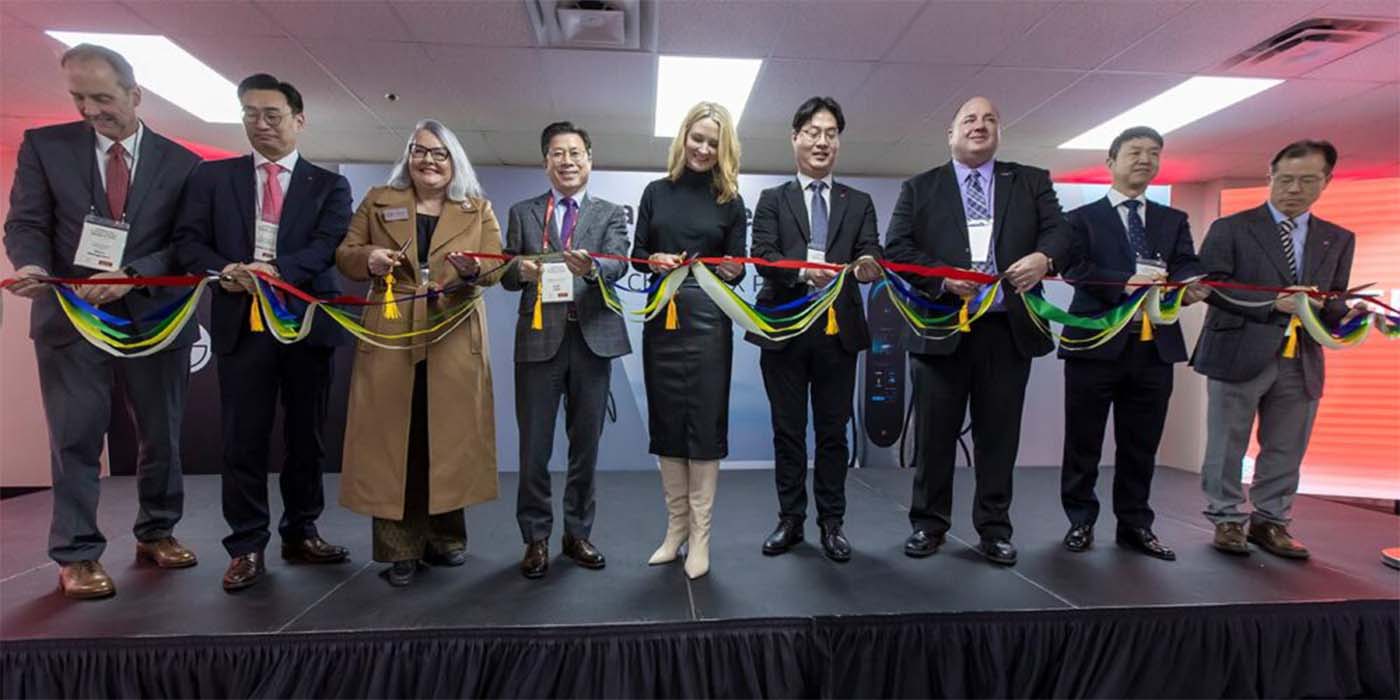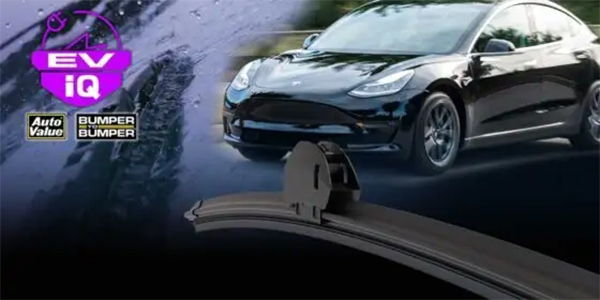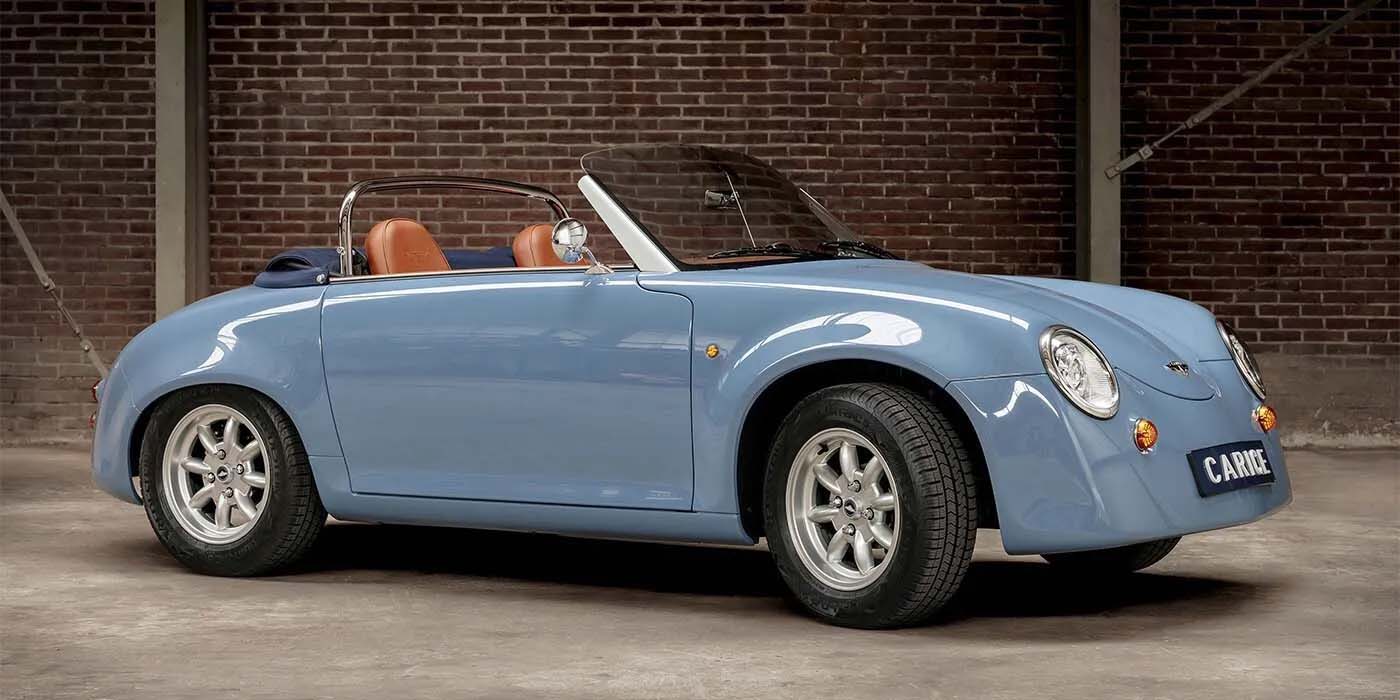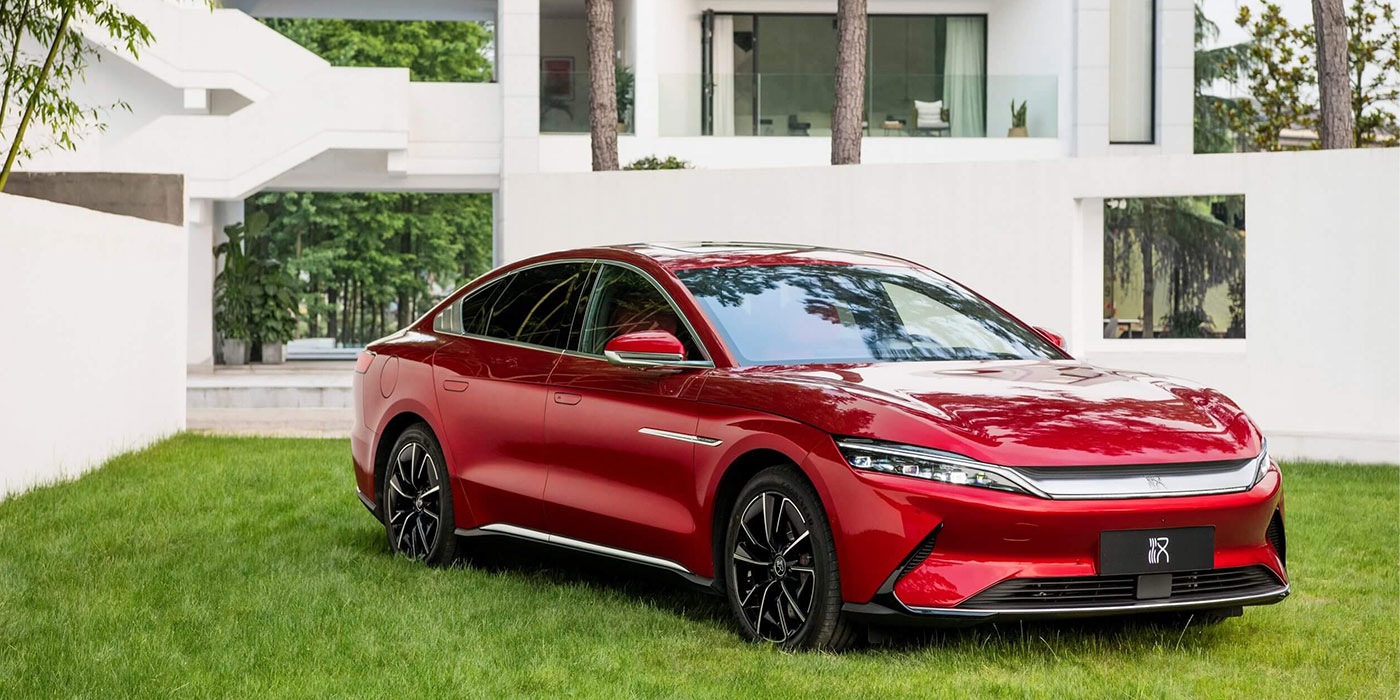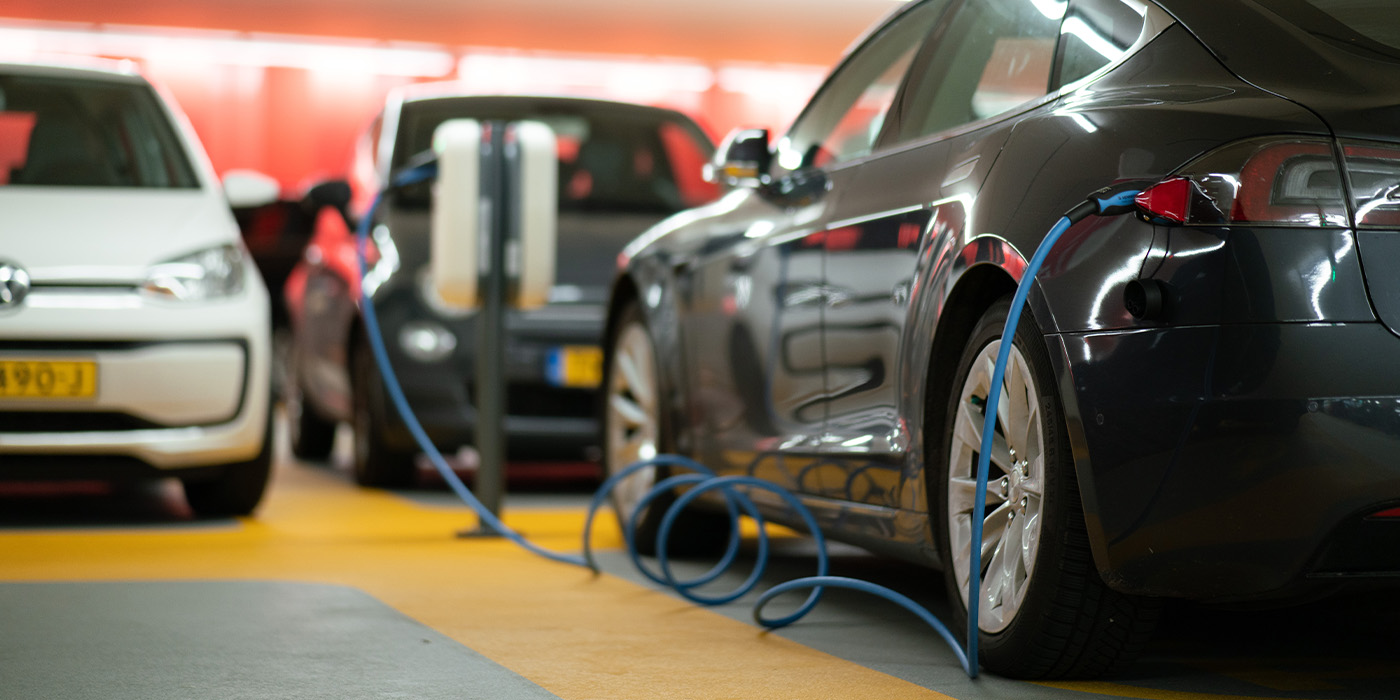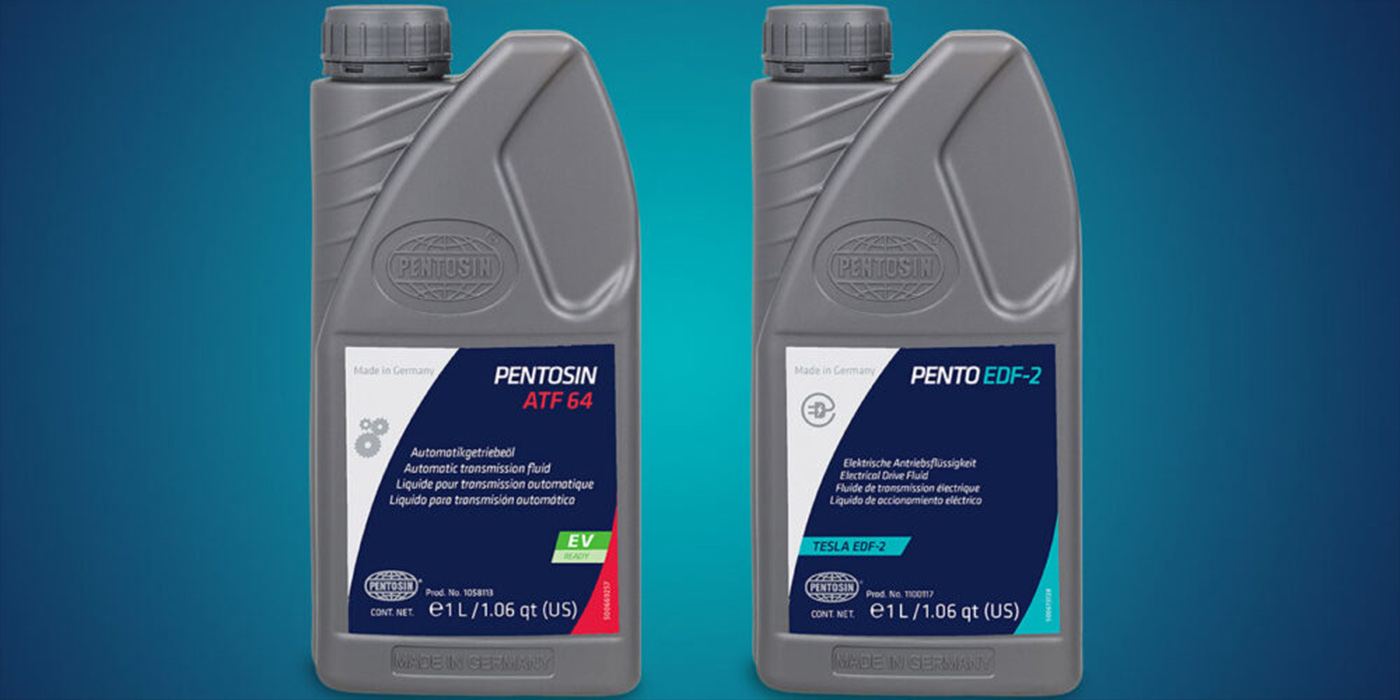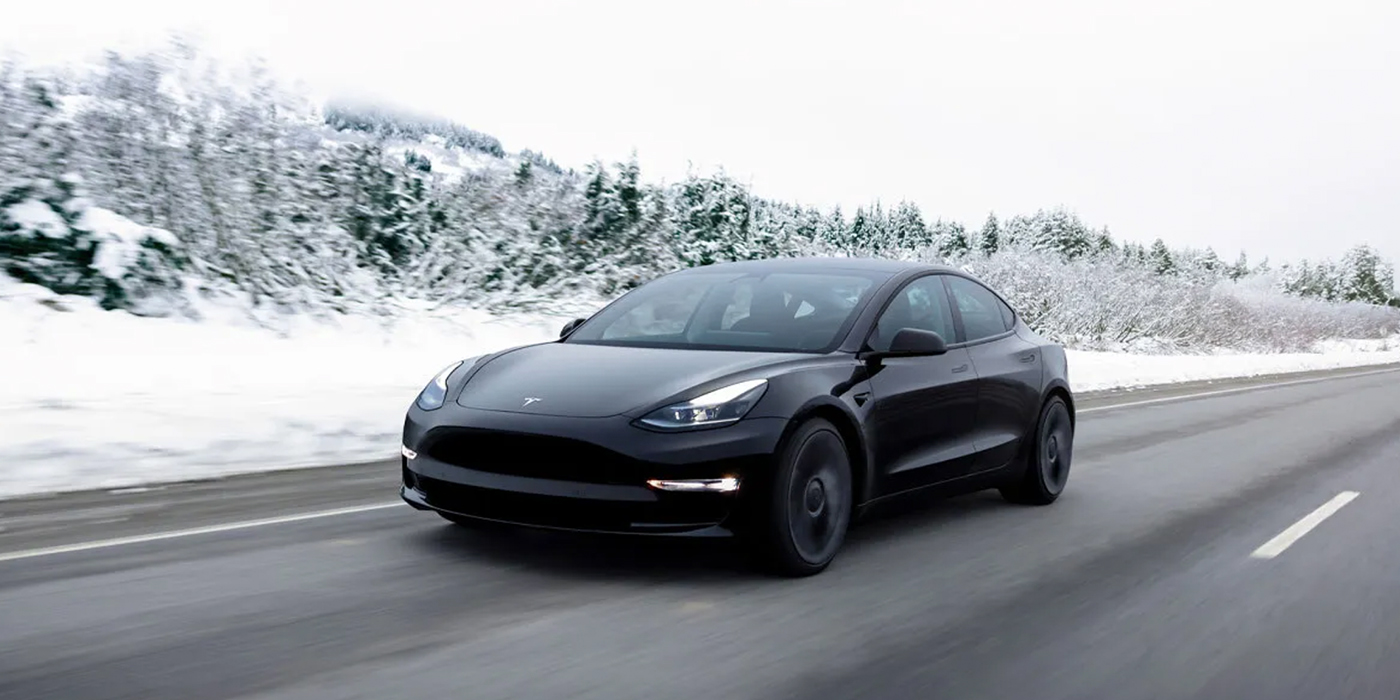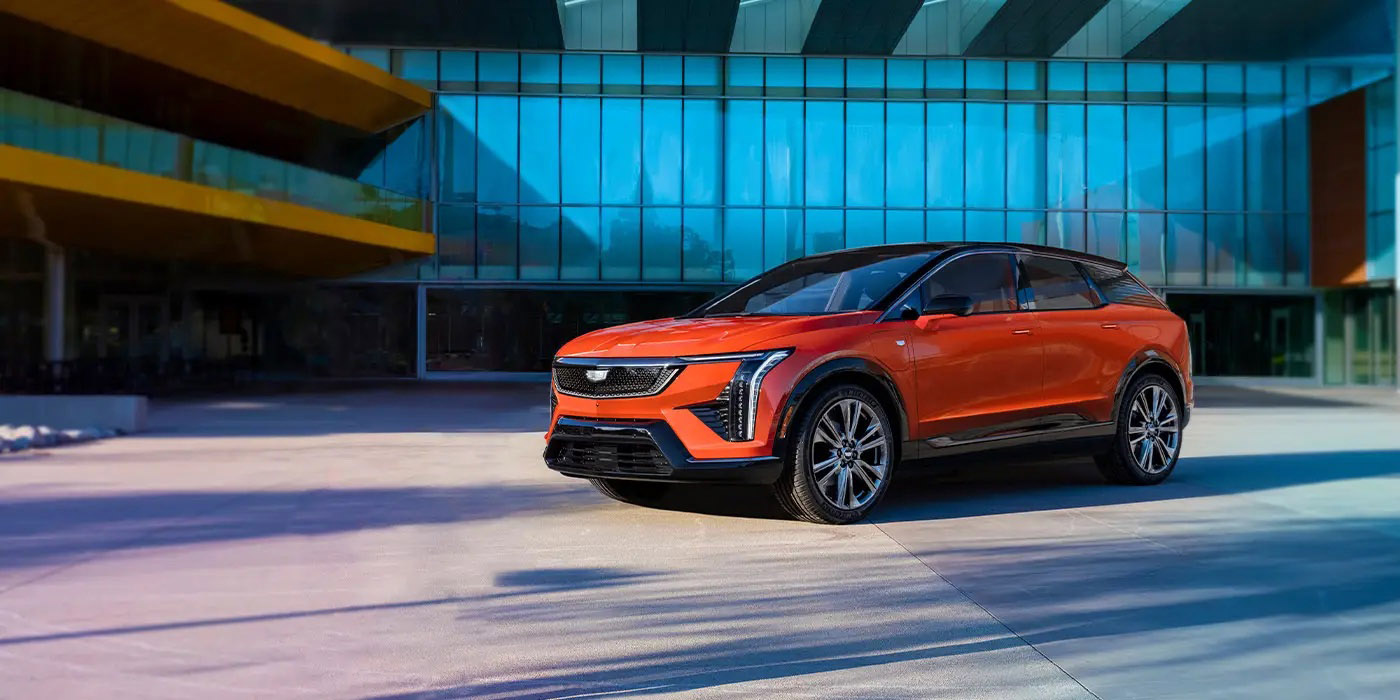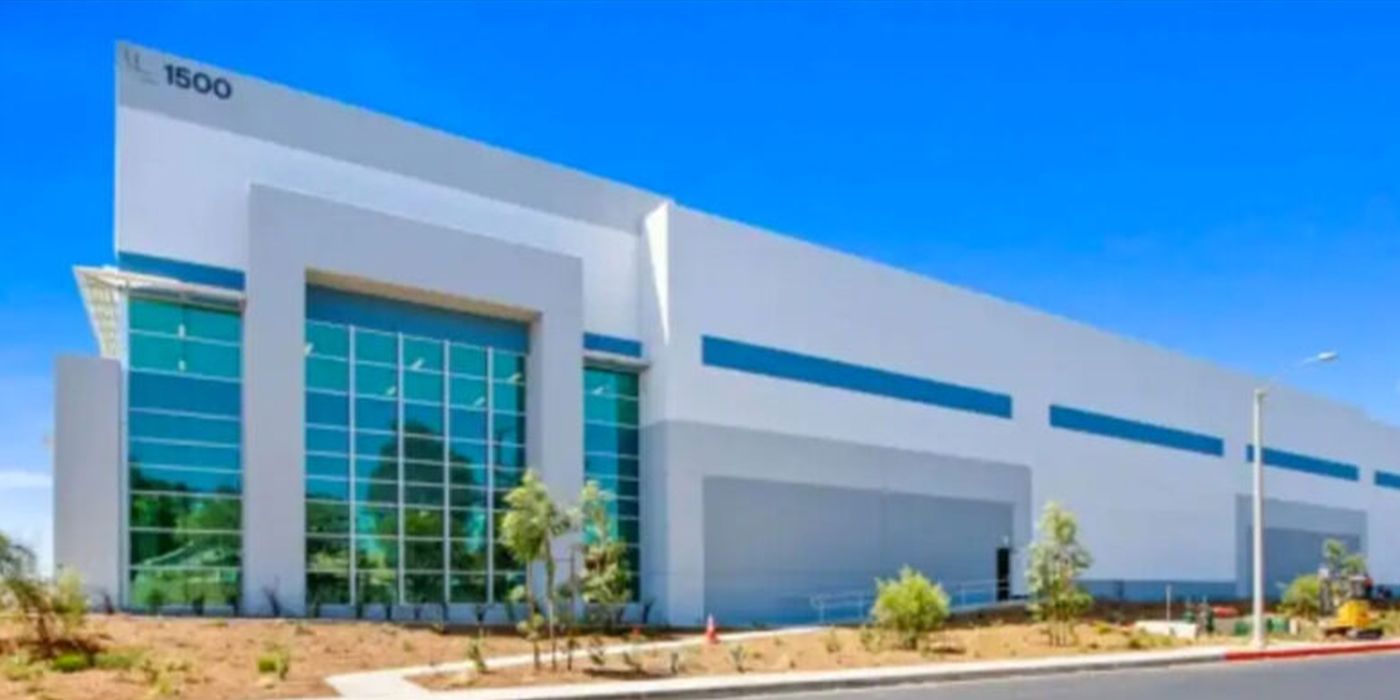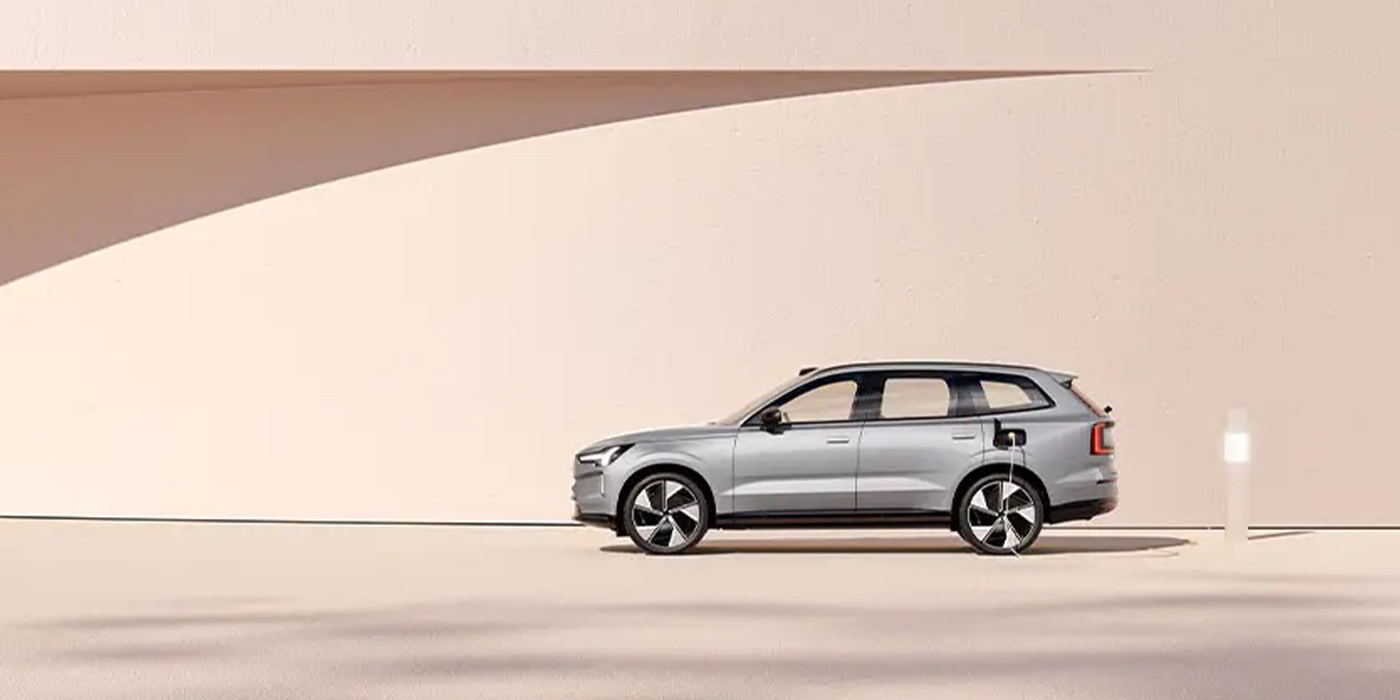Stellantis N.V. and Samsung SDI, headquartered in the Republic of Korea, announced on Oct. 11, 2023, that Kokomo, Indiana, will be the site for a second battery manufacturing facility in the United States as part of the StarPlus Energy joint venture. The new StarPlus Energy plant is expected to begin production in early 2027 with an annual capacity of 34 gigawatt hours (GWh).
The joint venture company will invest over $3.2 billion (€2.8 billion) and create 1,400 new jobs in Kokomo and the surrounding areas, the companies say. The total investment for both facilities will be over $6.3 billion (€5.5 billion) and create 2,800 total new jobs.
This will be the second StarPlus Energy gigafactory in Kokomo. Construction is already underway on the first StarPlus Energy gigafactory, which is on track to open by the first quarter of 2025 with an annual production capacity of 33 GWh, the companies add.
“Our battery ecosystem is the foundation of our electrification strategy and our great partners Samsung SDI, the State of Indiana, and the City of Kokomo have created a compelling case for locating our sixth gigafactory in Kokomo,” said Mark Stewart, Stellantis COO North America. “The BEVs coming to our North America brands play an important role in our drive to offer clean, safe and affordable mobility for all and achieve the bold goal of carbon net zero by 2038.”
“Through construction of the second battery plant of StarPlus Energy, Samsung SDI will be establishing its largest production base for electric vehicle batteries in North America,” said Yoon-ho Choi, president and CEO of Samsung SDI. “We expect Stellantis brand vehicles powered by Samsung SDI batteries featuring supreme technologies to contribute to accelerating the U.S. transition to an era of electric vehicles.”
As part of the Dare Forward 2030 strategic plan, Stellantis ays it announced plans of reaching a 100% passenger car battery electric vehicle (BEV) sales mix in Europe and 50% passenger car and light-duty truck BEV sales mix in the United States by 2030.

